Geography and Business
A geographic approach integrates location analytics and business intelligence for a competitive advantage.
Geography and Business
A geographic approach integrates location analytics and business intelligence for a competitive advantage.
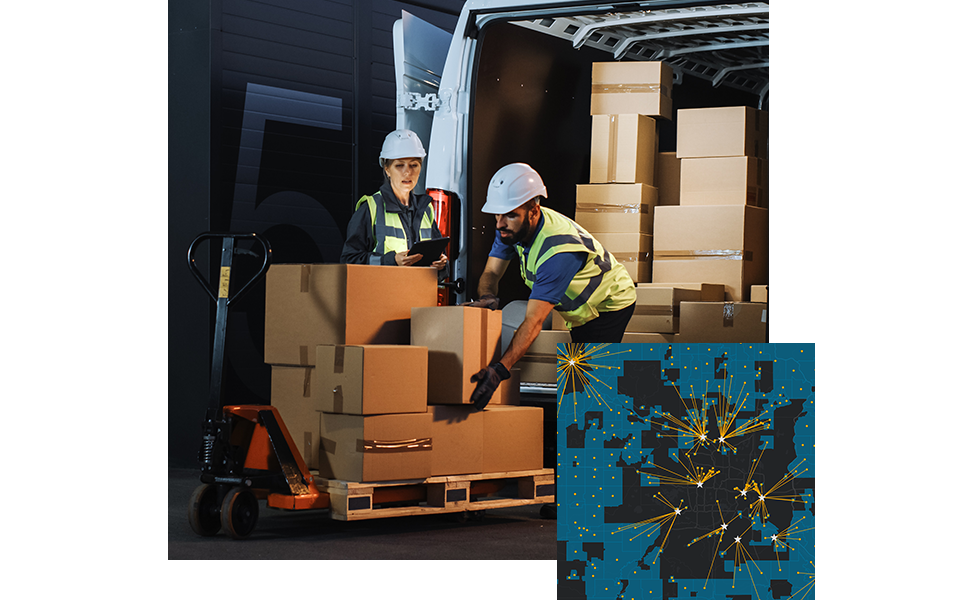
How do businesses benefit from a geographic approach?
A geographic approach helps organizations operate more efficiently, see risk more clearly, grow sustainably, and better serve stakeholders. Backed by geographic information system (GIS) technology, it informs key decisions including market and competitive analysis, revenue growth strategies, digital transformation, and supply chain resilience.
Answer all the “where” questions about your business
When demand shifts, decision-makers pair location analytics and business intelligence to align sales boundaries with market potential. A geographic approach to growth uncovers customer preferences, improves territory visualization, and sharpens regional sales strategies.
- Where are our best customers?
- Where are operations at risk?
- Where are products and services delivered?
- Where are assets and staff deployed?
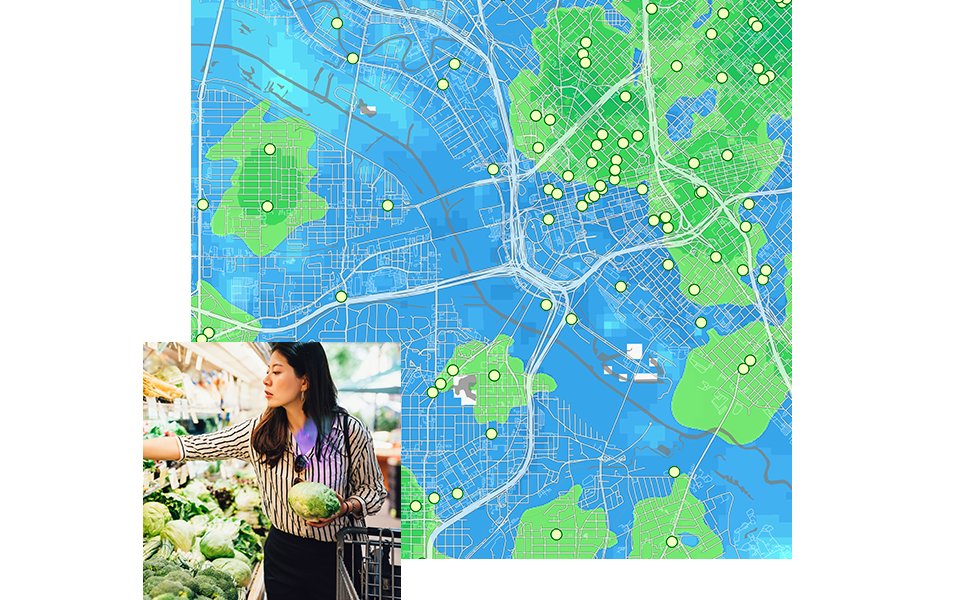
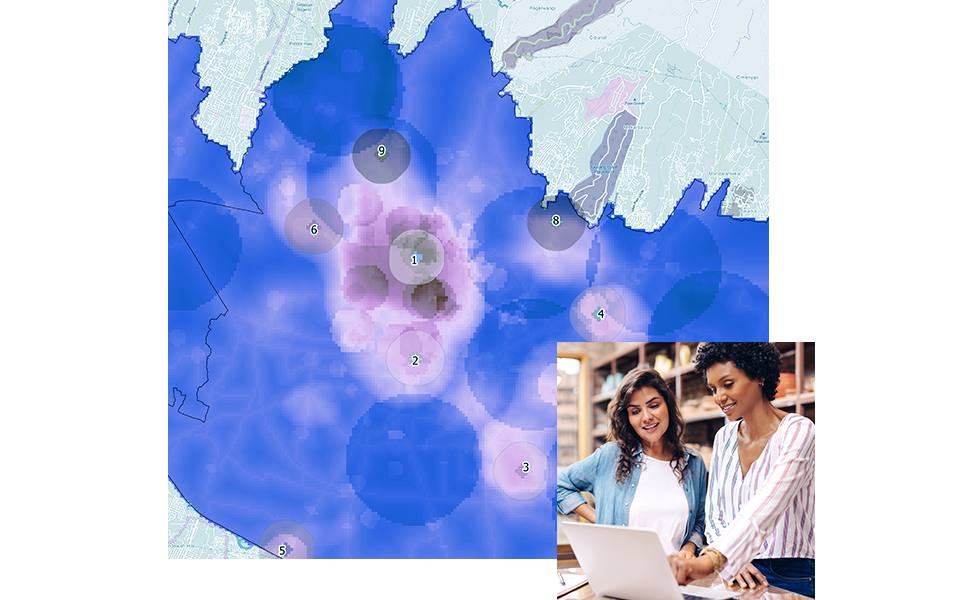
Build sustainable prosperity
Sustainability is now recognized as a matter of business continuity. At innovative companies, a geographic approach drives transformative change that ensures businesses can survive and thrive.
- Make better investments and executive decisions.
- Improve sustainability and equity.
- Attain new levels of efficiency and business resilience.
- Increase collaboration and communication.
Business data becomes location intelligence
Executives gain insights from location-based analysis that incorporates supply chain information,
economic data, and risk profiles. A geographic approach to AI (GeoAI) can simulate future
outcomes for market planning and site selection.
Map resilience, risk, and equity
Understanding the connection between geography and threats helps businesses quantify supply
chain resilience, identify vulnerabilities, and mitigate impacts. Maps and spatial analysis reveal
inequities in real estate, site selection, and hiring.
How do businesses benefit from a geographic approach?
A geographic approach helps organizations operate more efficiently, see risk more clearly, grow sustainably, and better serve stakeholders. Backed by geographic information system (GIS) technology, it informs key decisions including market and competitive analysis, revenue growth strategies, digital transformation, and supply chain resilience.

Answer all the “where” questions about your business
When demand shifts, decision-makers pair location analytics and business intelligence to align sales boundaries with market potential. A geographic approach to growth uncovers customer preferences, improves territory visualization, and sharpens regional sales strategies.
Where are our best customers?
Where are operations at risk?
Where are products and services delivered?
Where are assets and staff deployed?
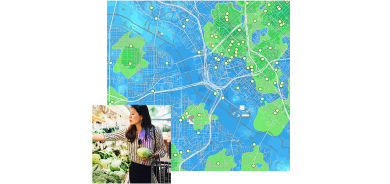
Build sustainable prosperity
Sustainability is now recognized as a matter of business continuity. At innovative companies, a geographic approach drives transformative change that ensures businesses can survive and thrive.
Make better investments and executive decisions.
Improve sustainability and equity.
Attain new levels of efficiency and business resilience.
Increase collaboration and communication.
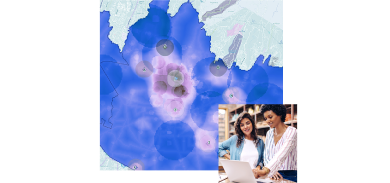
Business data becomes location intelligence
Executives gain insights from location-based analysis that incorporates supply chain information, economic data, and risk profiles. A geographic approach to AI (GeoAI) can simulate future outcomes for market planning and site selection.
Map resilience, risk, and equity
Understanding the connection between geography and threats helps businesses quantify supply chain resilience, identify vulnerabilities, and mitigate impacts. Maps and spatial analysis reveal inequities in real estate, site selection, and hiring.
